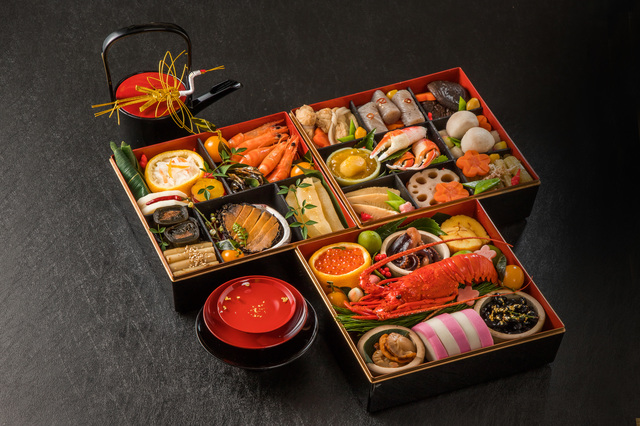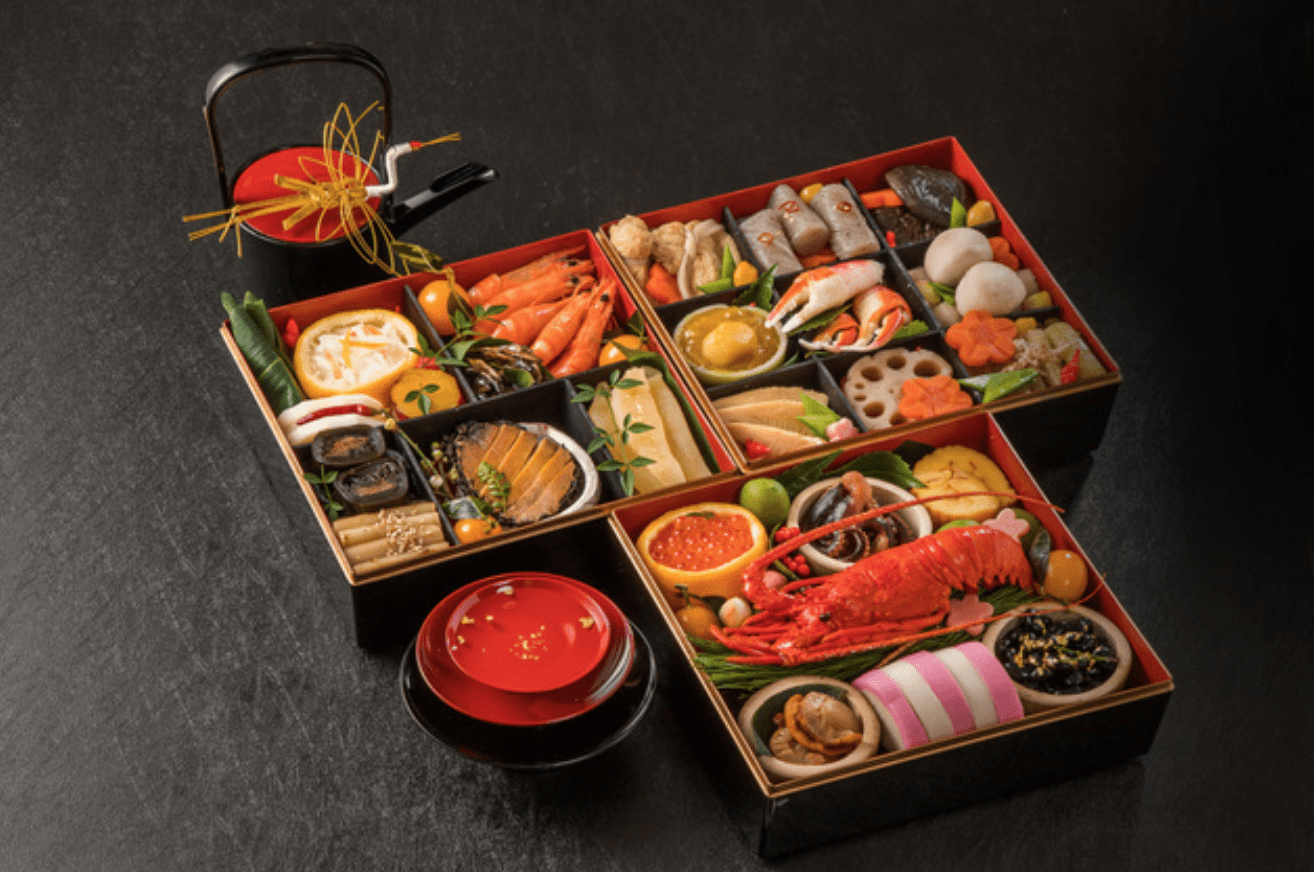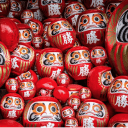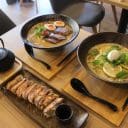Across the world, food is undoubtedly a universal language that ties people together, bringing generations of family to gather around meals prepared with love – particularly at times of celebration. In Japan, one meal of such significance is Osechi Ryouri – dishes served on New Year’s Day.

Historically, this was the meal to celebrate the deity of the New Year, with select ingredients that would bring good fortune and expel evil spirits from the household. While such auspicious undertones may not be as strongly imbued in Osechi Ryouri today, it still provides a delightful sight and feast that is enjoyed across Japan each year.
Signaling a deeply traditional meal, Osechi Ryouri is usually arranged into 2 – 3 lacquerware boxes, with each box providing an assortment of small, delicately arranged dishes that often signal deeper meaning;
One staple is Kuromame, black soybeans braised with sweet soy, which rings in good health for the coming year.
Kazunoko, herring roe, consists of many clustered eggs and extends well wishes for fertility and healthy children.
Tazukuri, which are syrup glazed anchovies, symbolise prayers for a plentiful harvest – or in modern terms, a year of financial health.


Many of the dishes included in Osechi Ryouri are served cold and have been dried or braised prior to New Years Day, as historically the dishes were designed to last for a few days in order to allow Osechi Ryouri to be prepared days in advance. Today, it’s common for Osechi Ryouri to be ordered ahead of time and stored in the fridge, with additional meals prepared in the morning.
The exact inclusion in each osechi box will differ by region, as households unsurprisingly incorporate local delicacies and favourites. Nevertheless, across Japan it’s a special meal imbued with undertones of family and well wishes for the New Year.
— Article From BACK LANE












